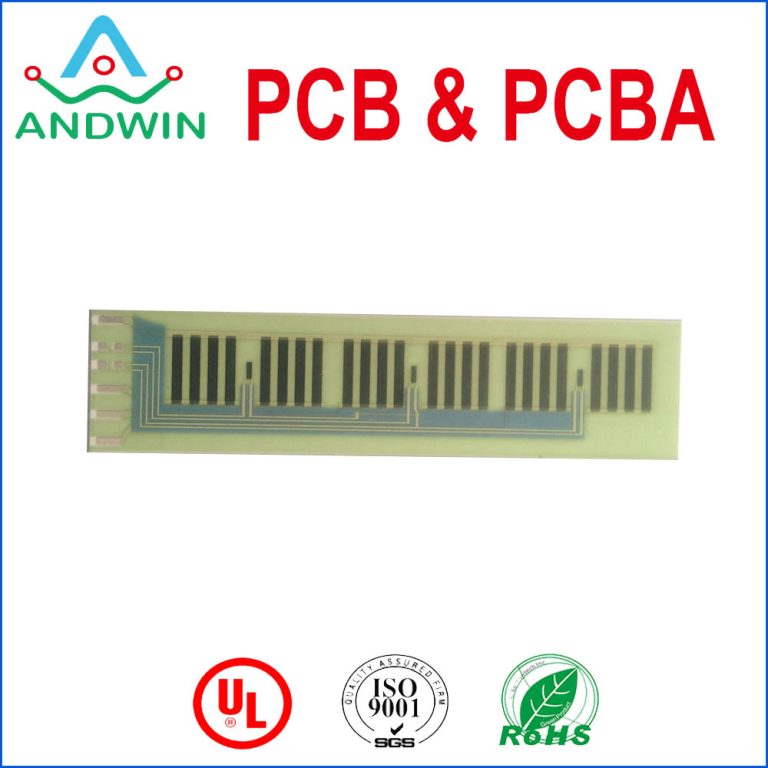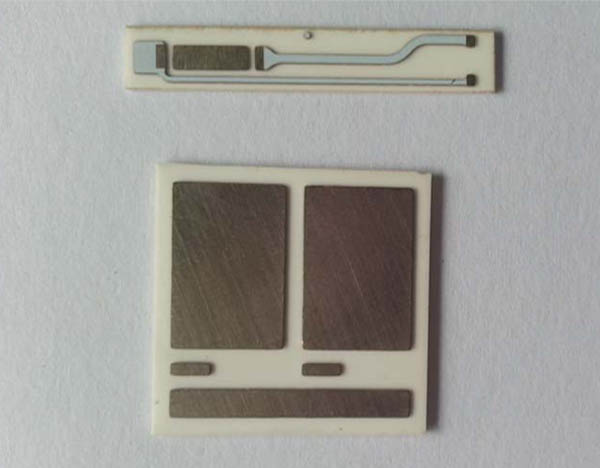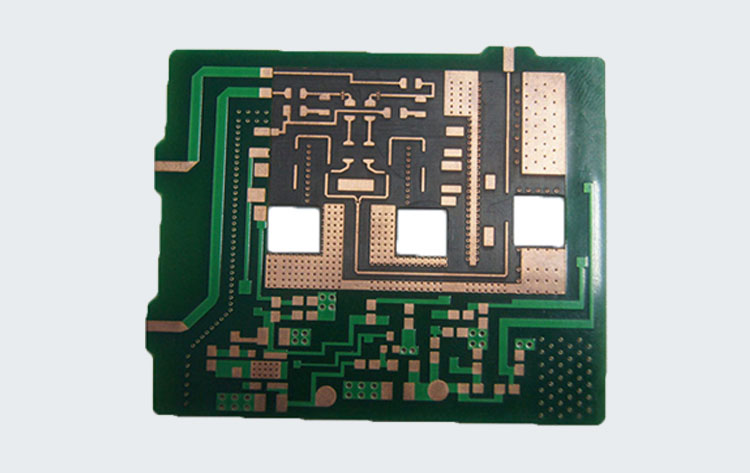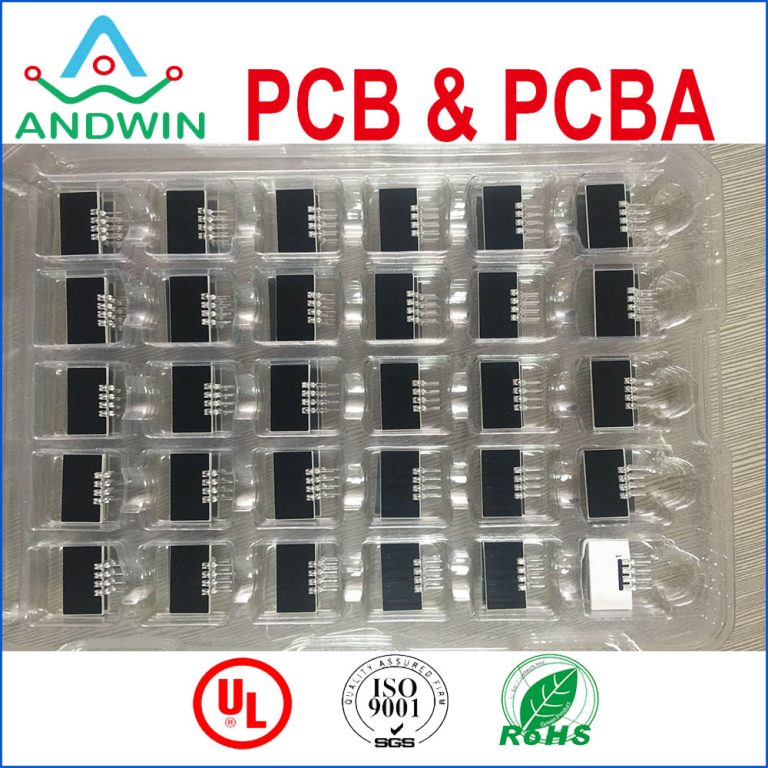pcb assembly main:The Mainstay of Modern Electronics
Printed Circuit Board (PCB) assembly is a crucial process in the manufacturing of modern electronic devices.
PCBs are the backbone of electronic devices, providing the necessary connections between various components
and ensuring their proper functioning. PCB assembly involves the process of mounting electronic components onto a PCB,
and it is a complex process that requires precision and accuracy.
In this article, we will take a closer look at PCB assembly and its importance in modern electronics.
What is PCB Assembly?
PCB assembly is the process of mounting electronic components onto a printed circuit board.
The process involves the use of automated machines and tools to place the components onto the board,
and then soldering them in place. The components can be surface-mounted or through-hole,
depending on the design of the board. Surface-mounted components are mounted directly onto the surface of the PCB,
while through-hole components are mounted through holes in the board.
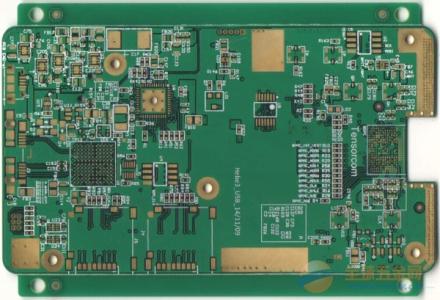
The PCB assembly process can be divided into two main stages: the placement stage and the soldering stage.
In the placement stage, the components are placed onto the board using automated machines and tools.
The machines use a combination of vision systems and mechanical arms to pick and place the components onto the board.
In the soldering stage, the components are soldered onto the board
using a variety of techniques, including wave soldering, reflow soldering, and hand soldering.
Why is PCB Assembly Important?
PCB assembly is an essential process in the manufacturing of modern electronic devices.
Without PCB assembly, it would be impossible to create complex electronic devices that require multiple components to function.
PCBs provide the necessary connections between the components, allowing them to communicate and work together.
PCBs also provide a stable platform for the components, ensuring that they are securely mounted and protected from damage.
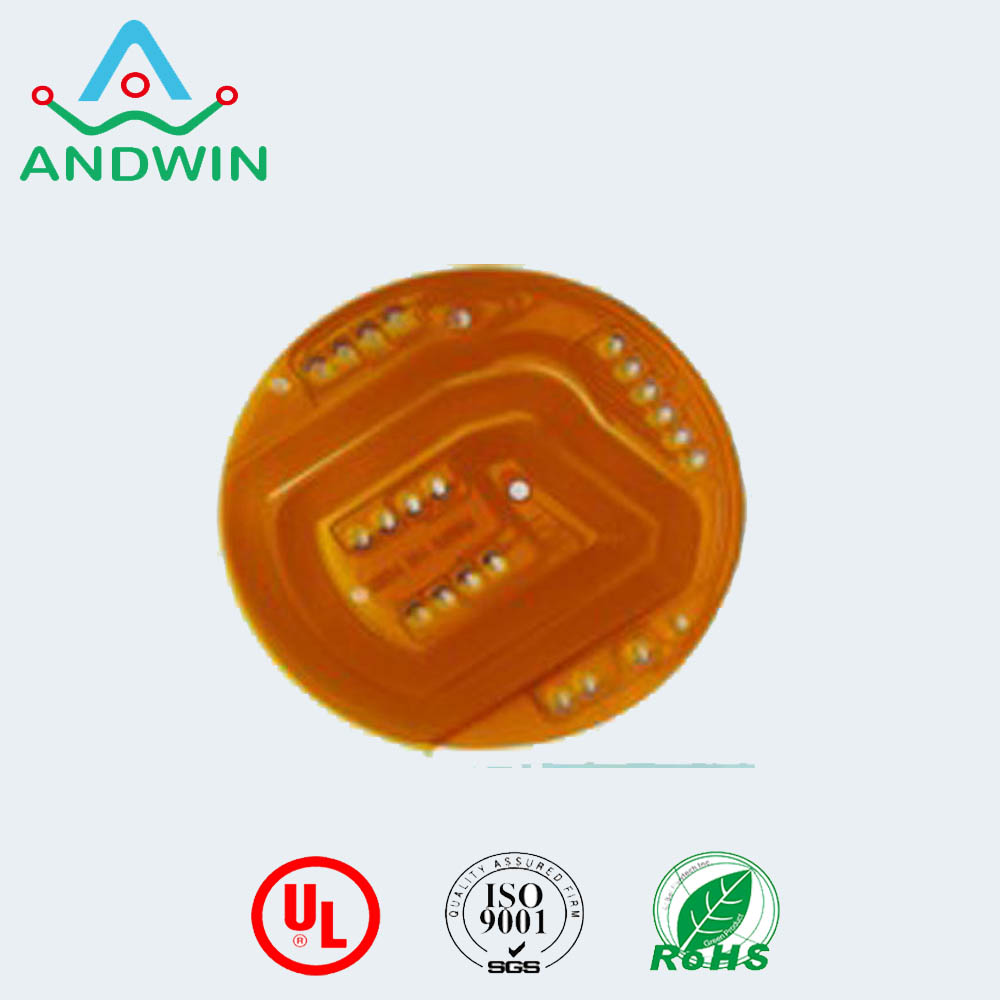
PCB assembly is also important because it allows for the mass production of electronic devices.
Automated machines and tools can place and solder components onto PCBs at a much faster rate than manual labor.
This allows manufacturers to produce electronic devices in large quantities, which in turn makes them more affordable for consumers.
The Future of PCB Assembly
PCB assembly is a constantly evolving process,
and new technologies are being developed all the time to improve its efficiency and accuracy.
One of the most significant advancements in PCB assembly in recent years has been the development of surface-mount technology (SMT).
SMT allows for smaller and more compact electronic devices, as the components can be mounted directly onto the surface of the PCB.

Another area of development in PCB assembly is the use of robotics and automation.
Automated machines and tools are becoming increasingly sophisticated,
allowing for even greater precision and accuracy in the placement and soldering of components.
This has the potential to reduce the cost of PCB assembly even further,
making electronic devices even more affordable for consumers.
Conclusion
PCB assembly is a crucial process in the manufacturing of modern electronic devices.
It allows for the mass production of complex electronic devices, making them more affordable and accessible to consumers.
The process of PCB assembly is constantly evolving, with new technologies and techniques being developed all the time.
As the demand for smaller, more compact electronic devices continues to grow,
PCB assembly will play an even more important role in the manufacturing of these devices.


